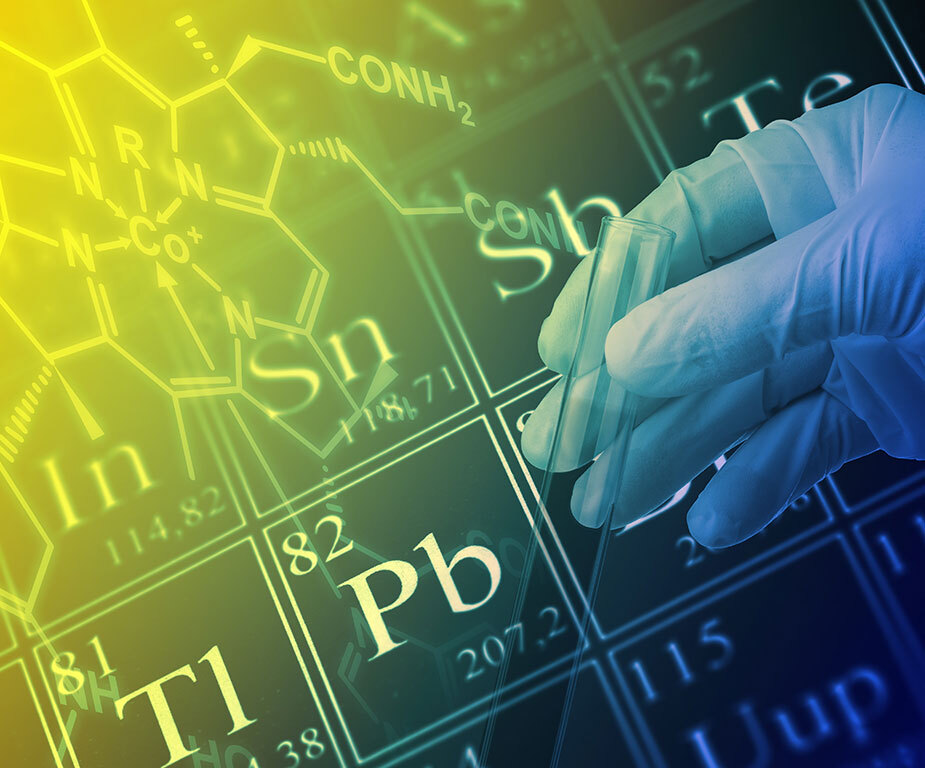Hexavalent Chromium Analysis
What is Hexavalent Chromium?
Hexavalent chromium (Cr(VI)) compounds are a group of chemical substances that contain the metallic element chromium in its positive-6 valence (hexavalent) state. Generated anthropogenically, Cr(VI) readily penetrates biological membranes. Occupational exposures to Cr(VI) occur during the production of stainless steel, chromate chemicals, and chromate pigments. Cr(VI) exposures also occur during other work activities such as stainless steel welding(particularly stick welding), thermal cutting, chrome plating, painting, and coating processes. Furthermore, chromium is found in many natural materials such as limestone, which is used to make portland cement.
As of May 14th, 2010, OSHA published a final standard for occupational exposure to Cr(VI) and revised the notification requirements. The final document reduces the permissible exposure limit (PEL) ceiling to an 8-hour time-weighted average (TWA) of 5 ug/m3, with an Action Level (AL) of 2.5 ug/m3 for Cr(VI) compounds. NIOSH considers all Cr(VI) compounds to be potential occupational carcinogens and recommends an exposure limit of 1 ug/m3 for a 10-hour TWA for all Cr(VI) compounds.
An increased risk of lung cancer has been demonstrated in workers exposed to Cr(VI) compounds. Other adverse health effects associated with Cr(VI) exposure include dermal irritation, skin ulceration, allergic contact dermatitis, occupational asthma, nasal irritation and ulceration, perforated nasal septa, rhinitis, nosebleed, respiratory irritation, nasal cancer, sinus cancer, eye irritation and damage, perforated eardrums, kidney damage, liver damage, pulmonary congestion and edema, epigastric pain, and erosion and discoloration of the teeth. SAI is IHLAP accredited for Hexavalent Chromium under Ion Chromatography (IC)
Hexavalent Chromium-containing Products
- Pigments
- Paint
- Ink
- Textile Dyes
- Plastics
- Coatings
- Platings
- Stainless Steel
- Wood Preservatives
- Leather Tanning



